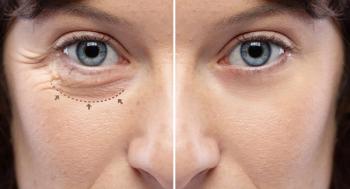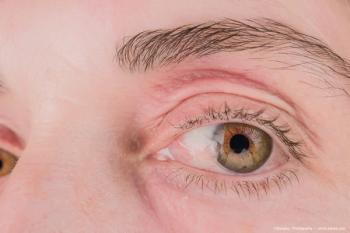
Implantable IOP monitor close?
The Intraocular Pressure Sensor Research Project has designed, fabricated, and evaluated in animal experiments a device for telemetric IOP monitoring, based on an implantable active microsystem.
Chicago-The Intraocular Pressure Sensor Research Project has designed, fabricated, and evaluated in animal experiments a device for telemetric IOP monitoring, based on an implantable active microsystem.
“We are close but not finished,” said Peter Walter, MD, professor of ophthalmology, RWTH Aachen University, Aachen, Germany.
The general working principle of the device has been proven, but further improvements to its stability will be necessary before it could be implanted in patients, Dr. Walter said.
The design is an IOL with an integrated microsystem to measure IOP, convert analog data to digital data, and transmit it to a reading station integrated into spectacles. The data-receiving station provides the energy to power the microchip by high frequency coupling.
The device is foldable and can be implanted through a relatively small corneal incision. Experiments in rabbits have shown that neither the implant nor the energy transfer is harmful to the eye, Dr. Walter said.
Researchers are still trying to determine the cause of fluctuations or instability in the device and are also considering several new developments, such as a non-IOL or epidural device.
Newsletter
Don’t miss out—get Ophthalmology Times updates on the latest clinical advancements and expert interviews, straight to your inbox.









































